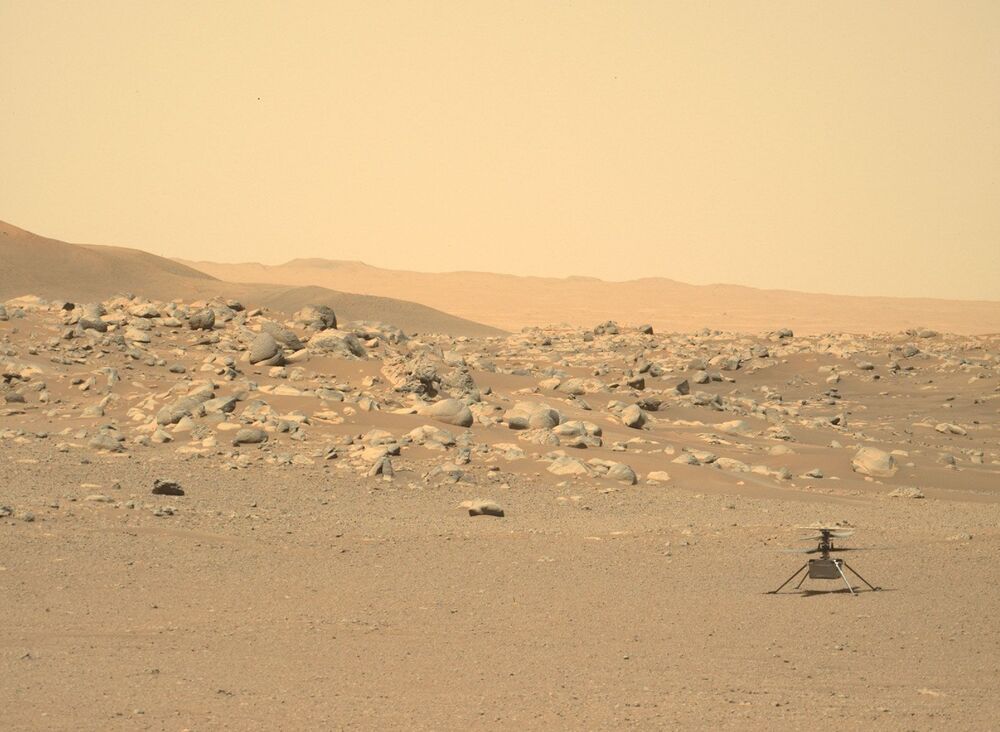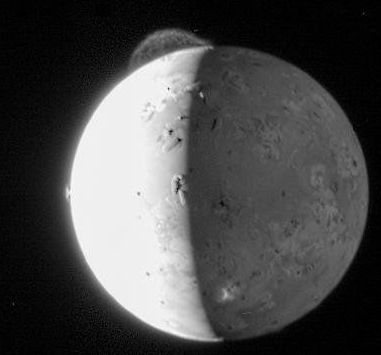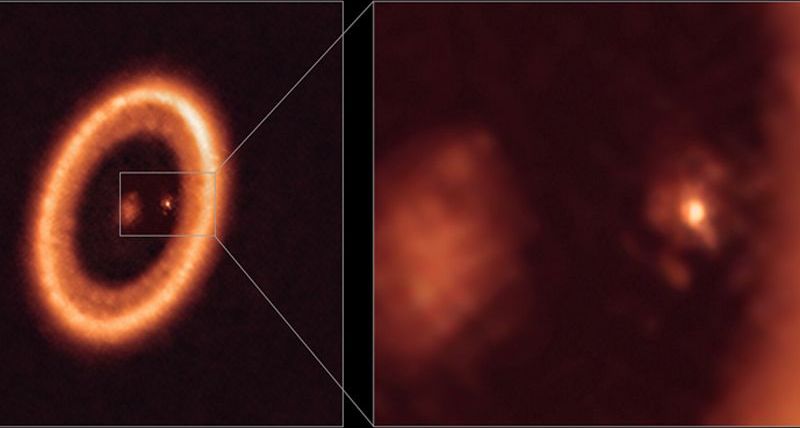The now iconic spacecraft’s 35th three-hour flyby of Jupiter comes close to the 10th anniversary of its launch. Here are the best and newest phots from its JunoCam imager.
Category: space – Page 656

Perseverance Rover left this in Mars rock trying to get first sample on Red Planet
On July 20th, 2021 NASA’s Perseverance Mars Rover transmitted new images from Red Planet trying to collect first sample. Rover currently studying geological features of “Crater Floor Fractured Rough” area. While the rocks located in this geologic unit are not great time capsules for organics, NASA’s scientists believe they have been around since the formation of Jezero Crater and incredibly valuable to fill gaps in our geologic understanding of this region – things we’ll desperately need to know if we find life once existed on Mars. Photo of tube located in Mars rock was taken by Perseverance Rover on Sol 148.
Credit: nasa.gov, NASA/JPL-Caltech, NASA/JPL-Caltech/ASU
Source for NASA’s Perseverance Mars mission: https://mars.nasa.gov/mars2020/spacecraft/rover/
#mars #perseverance #rover
Perseverance’s hunt for ancient life reveals 2 Red Planet discoveries
The search for life beyond Earth is on.
NASA’s newest Mars rover is getting ready to collect its first rock sample from the surface of Mars and stow it away for a future return mission to Earth, where NASA will test it for signs of ancient microbial life.
Perseverance’s science campaign has just begun, and the rover has already stumbled upon interesting rocks and sedimentary layers that tell a part of Mars’ larger history.
The Perseverance rover landed on Mars on February 18 and has been on a Martian road trip ever since to scour its landing site, Jezero Crater. Jezero is a 28-mile wide, 1600-foot deep crater located in a basin slightly north of the Martian equator. It once housed an ancient lake estimated to have dried out 3.5 to 3.8 billion years ago.
Dawn of a new era: the revolutionary ion engine that took spacecraft to Ceres
Circa 2015
It’s no TIE fighter, but the Dawn probe is driven by the future of spacecraft propulsion: ion engines.

Asteroid 3 times the size of Taj Mahal to fly past Earth on Saturday
(NEXSTAR) — An asteroid about the size of a stadium — or three times the size of the Taj Mahal — is set to speed past Earth on Saturday.
The asteroid, called “2008Go20,” is hurtling towards Earth at 18000 mph, according to NASA. Nevertheless, the agency says there’s no reason to worry.

Jupiter’s volcanic moon Io is emitting strange radio waves and NASA’s Juno probe is listening
NASA’s Juno spacecraft is “listening” in on radio emissions from Jupiter’s volcanic moon Io, allowing researchers to discover what triggers the strange radio waves.
Of all the planets in our solar system, Jupiter has the largest and most powerful magnetic field, which extends so far that some of the planet’s moons orbit within it. Because Io is closest to the planet, the moon is “caught in a gravitational tug-of-war” between Jupiter and two other large moons, according to NASA. These opposing pulls cause massive internal heat, which has led to hundreds of volcanic eruptions across the moon’s surface.


NASA finally knows what is beneath the surface of Mars
“The fact that we recorded it confirmed that the core is liquid.”
What you may not realize, NASA Jet Propulsion Laboratory geophysicist Mark Panning tells Inverse, is that those diagrams “are cartoons and guesses,” based on gravitational measurements. The only planet whose structure scientists actually understand in detail is Earth.
We know the innards of Earth through seismology measurements — something that hasn’t been available for other planets. This was true until just recently: According to a trio of papers published Thursday in Science, researchers can finally confirm Mars has a large liquid metal core.
Panning is the JPL project scientist for the NASA InSight mission, which landed a seismometer on the Red Planet in 2018 and has been recording Marsquakes ever since. NASA’s InSight (Interior Exploration using Seismic Investigations, Geodesy and Heat Transport) lander was designed to reveal the inner structure of Mars through seismological and thermal readings taken from a landing site on Elysium Planitia, a plain along the Martian equator.
